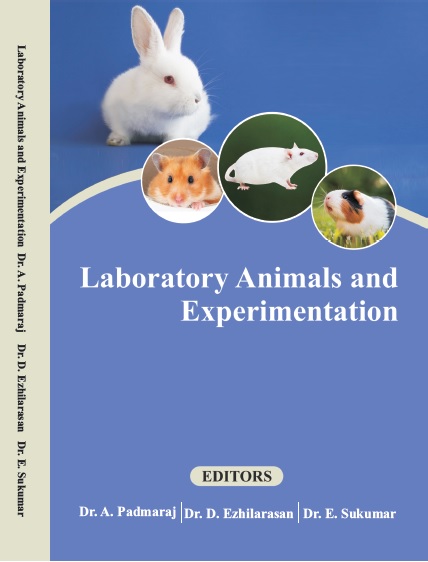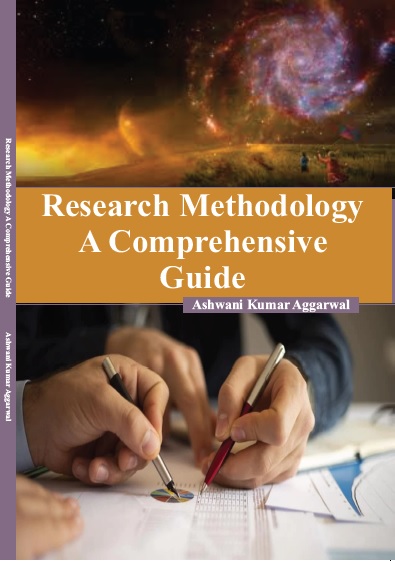SCIENCES AND ENGINEERING
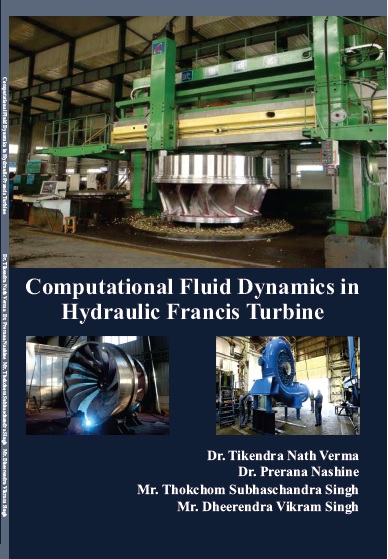
Computational Fluid Dynamics In Hydraulic Francis Turbine
by Dr. Tikendra Nath Verma
ISBN Number : 978 - 1- 73038 - 319 - 9
Authors Details
| Author Name | Image | About Author |
|---|---|---|
| Dr. Tikendra Nath Verma |  |
Dr. Tikendra Nath Verma has completed B.E. in Mechanical Engineering,
M.Tech. in Thermal Engineering and PhD in Thermal Engineering (CFD). He
is currently working as Assistant Professor in the department of Mechanical
Engineering, National Institute of Technology Manipur. His areas of interest
include Heat Transfer, CFD, I.C. Engines and Renewable Energy et |
| Dr. Prerana Nashine |  |
Dr. Prerana Nashine has completed B.Tech. in Mechanical Engineering,
M.Tech. in Thermal Engineering and Ph.D in Thermal Engineering. Her areas
of interest include Radiative heat transfer, CFD, Heat transfer and Fluid Flow,
Computational approach in Mechanical Engineering, etc. |
| Mr. Thokchom Subhaschandra Singh | 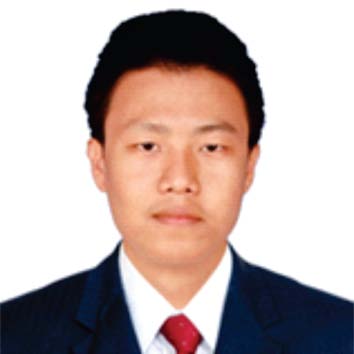 |
Mr. Th.S.Singh has completed B.E. in Mechanical Engineering, M.E. in
Thermal Engineering. He is presently working as Lecturer in the department of
Mechanical Engineering, National Institute of Technology Manipur. His areas
of interest include Alternative fuels, I.C Engines, Renewable energy systems,
Heat transfer and Fluid flow etc. |
| Mr. Dheerendra Vikram Singh | 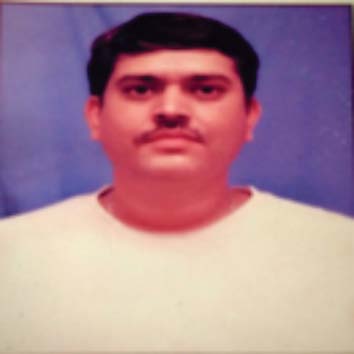 |
Mr. Dheerendra Vikram Singh is currently working as Professor in the
department of Mechanical Engineering, CMR Engineering College,
Hyderabad. His areas of interest include AbsorptionRefrigeration System,
Exergy Analysis, Artificial neural network, I.C. engine, Renewable energy
system, Heat transfer and fluid flow. |
Book Description
A turbine is a device which converts the energy from flowing water into mechanical energy producing hydroelectricity in a dam. The first record of water wheels dates back to ancient Greece and over the next several centuries the technology spread all over the world. The process of arriving at the design of the modern Francis runner lasted from 1848 to approximately 1920. The ancient Greeks were the first recorded society to successfully develop a form of hydropower– the water wheel. The inefficiency was observed in the Greek water wheel as it was designed as a work of art rather than science. However, the torque from the simple water wheel was successfully used to grind wheat into flour. The Romans, by 500 A.D have developed the Greek flour mill was later adopted as an invention that had spread throughout the known world [3]. By the 1700's, water wheels were used extensively for milling. Saw mills, textile mills, paper mills, and flour mills formed an important role in local economies where any amount of moving water was available. The Mining industry also utilizes water wheels to lift ore, personnel and water. As industrial power requirements continued to increase, water wheel efficiency became an important concern. The first scientific evaluation of the water wheel in the mid 1700's was performed by a British civil engineer called, John Smeaton.









